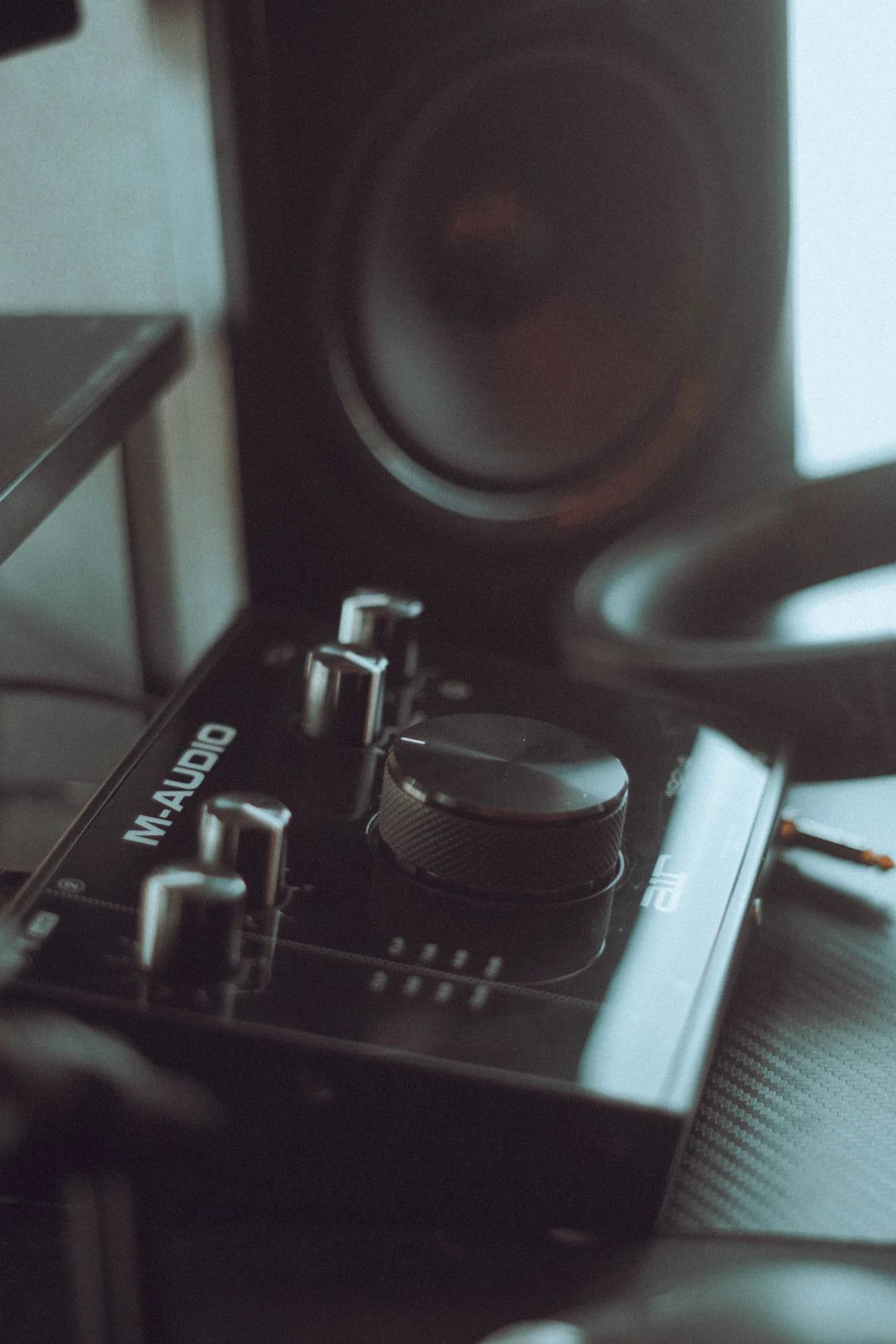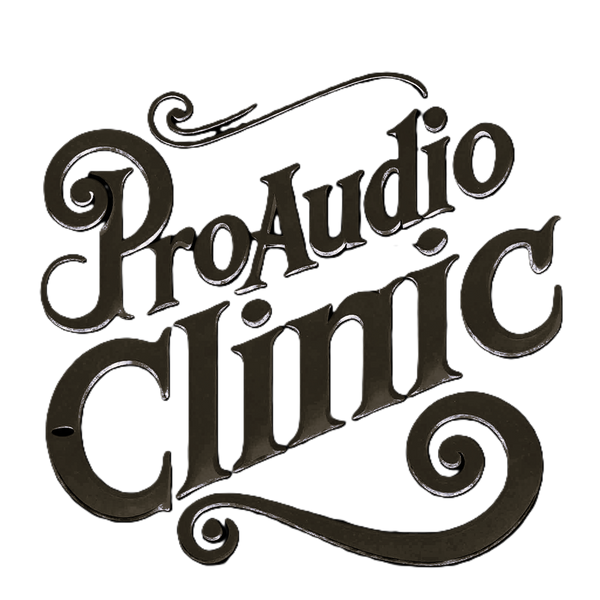
Choosing the Best Audio Interface for Live Performances
Share
Overview
Choosing the right audio interface is crucial for live performances and home recording. Key considerations include input/output channels, sound quality, connectivity options, and built-in preamps. There are various types of interfaces, such as standalone, USB, Thunderbolt, and Firewire, each with their pros and cons. Proper integration of the interface into live setups enhances sound quality and performance. Using the interface for both live and home recording promotes consistency and creativity in sound production.
Frequently Asked Questions
1. What is an audio interface?
2. What key features should I consider when choosing an audio interface for live performance?
3. What types of audio interfaces are available for live performance?
4. How can I integrate an audio interface into my live performance setup?
5. How does using an audio interface benefit home recording?
For musicians and audio engineers, the right audio interface is crucial, especially during live performances. Whether you're on stage in front of an audience or streaming from your home studio, quality sound and reliable performance are non-negotiable. In this article, we'll compare different types of audio interfaces available for live performance to help you make informed decisions, and we'll explore how they can also enhance your home recording setup.
Understanding Audio Interfaces
An audio interface is a hardware device that connects musical instruments and microphones to a computer, allowing for high-quality audio input and output. When you're performing live, you require an interface that minimizes latency, provides quality conversion, and offers the necessary connections for your equipment. Let's delve into the aspects you should consider when comparing audio interfaces for your live performances.
Key Features to Consider
Before choosing an audio interface for live performance, it's essential to understand several key features that affect sound quality and usability:
1. Input and Output Channels
The number of input and output channels determines how many instruments and microphones you can connect simultaneously. If you’re performing solo, a simple 2-input interface might suffice. However, for a full band or a complex setup, consider an interface with multiple channels. This flexibility will be beneficial not just for live performances but also for home recording. Having multiple channels allows you to capture each instrument separately, offering more options in the mixing process.
2. Sound Quality and Latency
Sound quality is influenced by the digital-to-analog converters (DACs) within the audio interface. Look for an interface that offers high sample rates (at least 24-bit/96kHz) for clearer sound. Latency, the delay between the input and output of sound, can be detrimental during live performances. A well-designed audio interface should minimize latency to keep performances in sync. Ensuring low latency is equally important for your home recording projects, where timing can make or break the final mix.
3. Connectivity Options
Consider how the audio interface connects to your devices. USB is the most common type of connection, but some devices may offer Thunderbolt or even wireless capabilities. If you plan to use your interface in various locations, it’s worth investing in a portable option that offers the flexibility you need. Additionally, check if the device is compatible with your DAW (Digital Audio Workstation) to make your setup process smoother.
4. Preamps and Audio Processing
Quality preamps can significantly enhance the sound of your live performance. Look for interfaces with high-quality microphone preamps, as these can amplify the microphones more clearly and accurately. Some interfaces also come equipped with built-in effects and processing options—this can be invaluable for live performance, allowing you to shape your sound on the fly. The same features will also elevate your home recording experience by giving you more control over your audio tracks.
Types of Audio Interfaces for Live Performance
There are several types of audio interfaces that cater to different needs and scenarios during live performances:
1. Standalone Interfaces
Standalone interfaces act independently and require no computer. They are designed for musicians seeking a portable and reliable solution for live performances. These devices often feature a built-in mixer and effects, making them ideal for quick setups without the need for a laptop on stage. Their versatility also comes in handy for home recording sessions, where portability stands as a crucial factor.
2. USB Interfaces
USB interfaces are the most popular choice among musicians due to their ease of use and compatibility with various software. Ideal for both live performances and home recording, they can connect directly to most laptops or desktops. The portability and simplicity of USB interfaces make them a favorite choice for traveling musicians.
3. Thunderbolt Interfaces
For those requiring minimal latency and maximum speed, Thunderbolt interfaces are an excellent choice. They offer faster data transfer and can support more channels without compromising performance. While they can be a bit pricier, the investment often pays off in high-quality live sound and studio-quality recordings at home.
4. Firewire Interfaces
Firewire interfaces provide reliable connections and significant bandwidth, which can be advantageous for complex projects requiring multiple inputs. They are increasingly being phased out for newer technologies like Thunderbolt, but many veteran audio engineers still swear by them. If transitioning from a home recording studio setup to live performances, ensure to check compatibility and availability of your equipment.
Comparative Analysis: Pros and Cons
Understanding the benefits and drawbacks of various types of audio interfaces can help you determine what best fits your needs.
Standalone Interfaces
- Pros: Portable, no need for a computer, built-in preamps and effects.
- Cons: May lack extensive features of other types; potentially limited functionality.
USB Interfaces
- Pros: Excellent compatibility, straightforward setup, great for home recording.
- Cons: Dependent on a computer; may experience higher latency compared to Thunderbolt.
Thunderbolt Interfaces
- Pros: High-speed connection, low latency, capable of handling complex setups.
- Cons: More expensive; requires specific hardware compatibility.
Firewire Interfaces
- Pros: Reliable performance, good for existing setups with compatible gear.
- Cons: Becoming less common, limited options available.
Integrating Audio Interfaces into Live Performances
Once you have chosen the right audio interface, understanding how to integrate it into your live performance is key. Here are some tips:
Setting Up Your Interface
Ensure that your audio interface is correctly configured with your digital audio workstation (DAW). Test all microphone and instrument inputs to confirm they are working properly. Always carry a backup interface or cable in case of failure during a performance. Remember to adjust your audio settings for optimal sound quality.
Monitoring Sound Levels
Use headphones for monitoring during live performances to avoid feedback issues. Some interfaces also offer zero-latency monitoring options—this allows performers to hear themselves without any noticeable delay, making it perfect for both live shows and home recording practices.
Using Built-in Effects
If your audio interface includes built-in effects or processing capabilities, experiment with these during rehearsals. Get comfortable with how to adjust effects live, ensuring you can enhance your performance without losing focus on playing or singing. This can add a dynamic element to your live set that keeps audiences engaged.
Enhancing Your Home Recording with Live Performance Gear
Integrating your audio interface into your home recording setup can be just as beneficial. The insights gained from live performances often influence your recording practices:
Creating a Professional Sound
Utilizing the same audio interface for both live setups and home recording allows for more consistent sound. Recording in your home studio with the same interface ensures that you replicate the quality that you would expect in a live performance, paving the way for polished tracks that sound great onstage or in a studio.
Improving Skills
Regular use of an audio interface for both live performances and home recordings can sharpen your music production skills. Knowing how to operate your gear in multiple settings allows you to add value to your sound. The experience gained from adjusting settings and troubleshooting in live environments often translates into better recorded output at home.
Experimentation and Creativity
Use the flexibility of your audio interface to experiment with different recording techniques and soundscapes. try capturing your performances digitally to enhance your recordings at home. This can lead to improved arrangements and overall creativity, ultimately resulting in more engaging tracks and live shows.
The Final Note on Choosing Your Audio Interface
Selecting the right audio interface for live performance is essential for achieving high-quality sound and ensuring reliability during gigs. By carefully considering your needs and understanding the various features of audio interfaces, you can choose one that enhances both your live performance and home recording efforts. Whatever path you take, remember that the right audio interface can elevate your music and shape your artistic identity. Happy performing and recording!
